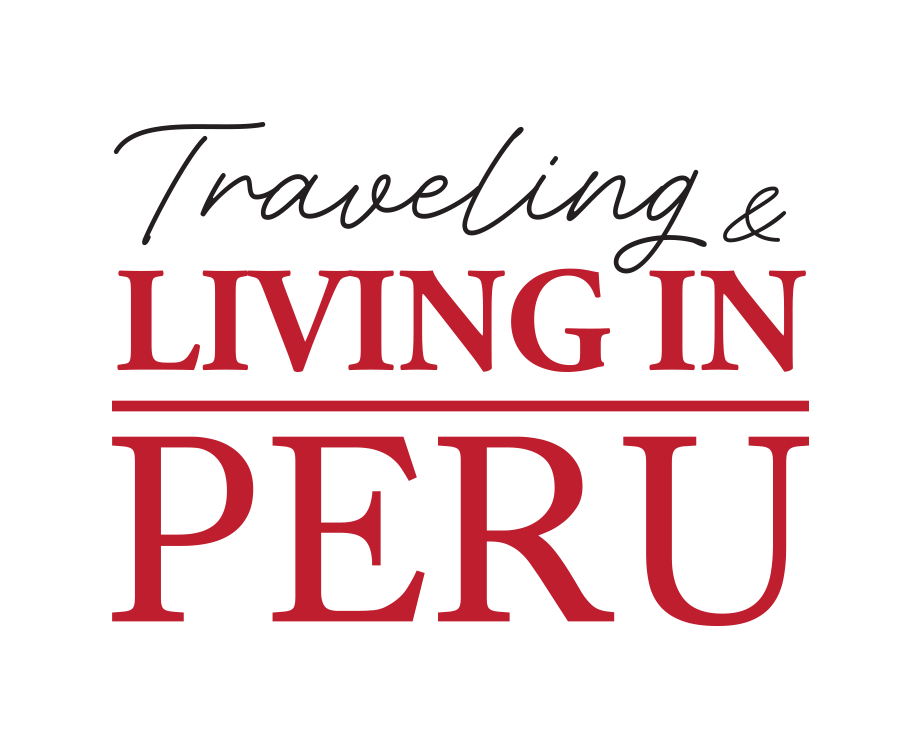Peru’s 5-time surfing champion Robert Meza and his team have dedicated 20 years of research to this exciting hypothesis.
One of Peru’s most renowned surfers Robert Meza is not content with just being a 5-time national champion of Peru. He wants to show the world that surfing has profound roots in Peruvian culture.
The popularized story of surfing’s origins is as follows: Europeans first contact Polynesians in Tahiti and observe a Tahitian native riding waves on his canoe just for the thrill of it. Turns out, this wooden “surfboard” dates back 3000 years and was eventually spread to Hawaii by Polynesians.
However, investigators have until now overlooked the ancient Peruvian surfboard. It is essentially a thin, reed canoe (depicted in cover photo) known as “tups” or “caballito de totora”. While hard archaeological evidence dates these canoes back to 800 and 600 B.C., Robert and his team have published a book called 5,000 Years of Waves: A History of Surfing in Peru, suggesting a much earlier origin of surfing on Peru’s pacific coast.
The authors argue that wave iconography as well as the inherent importance of fishing (their main source of protein) to the ancient Moche and Chimu cultures on Peru’s north coast indicate an origin in these civilizations. From here, their hypothesis goes, Peruvians spread their canoes to Easter Island and from there the Rapa Nui settlers further diffused surfing across the Pacific to Polynesia.
If you are interested in learning more, the entire book is published online in both English and Spanish on the team’s official website.

